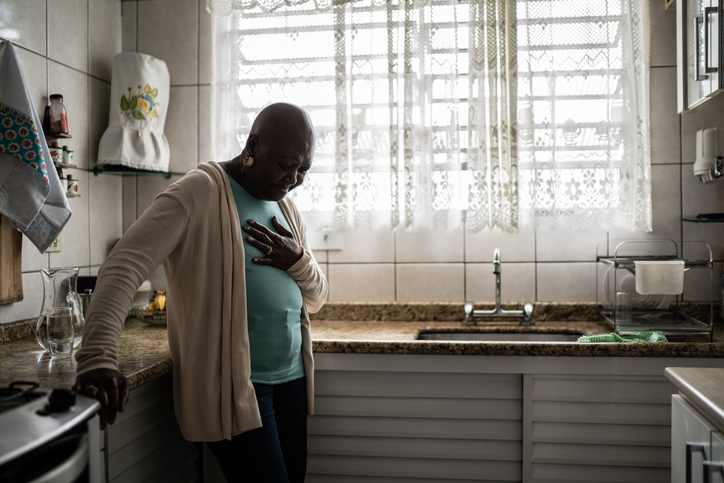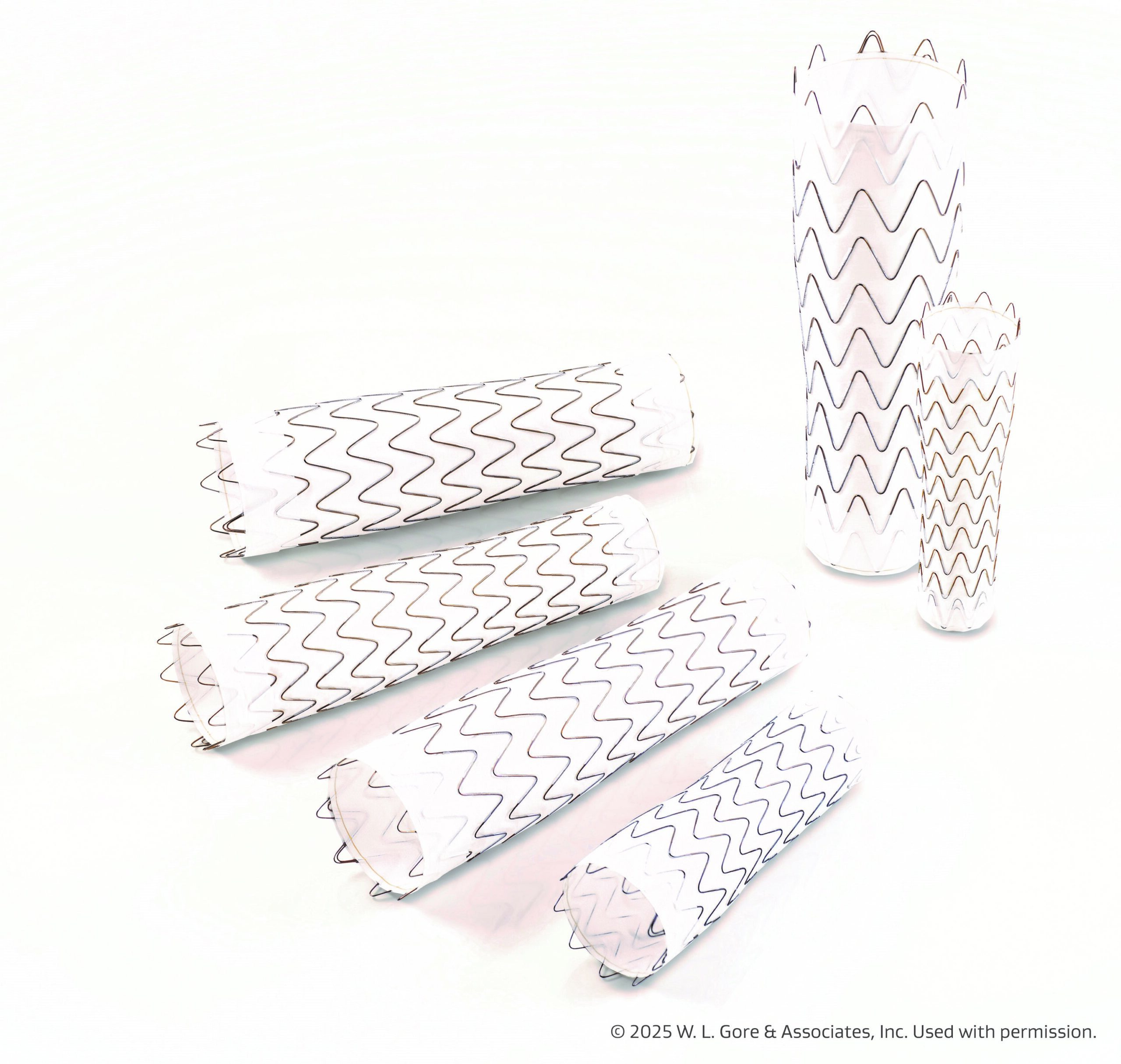
High-powered short-duration contact force (HPSD) for ablation of atrial fibrillation (AFib) has several predictors of outcome, a new study in Heart Rhythm suggests.
The study authors noted that little at present is know about the long-term outcomes and predictors of success with the use of HPSD for AFib ablation, and sought to evaluate the long-term freedom from AFib and predictors for 50-watt AFib catheter ablation of between five- and 15-second duration. The study included 1,250 consecutive patients undergoing HPSD for AFib ablations (30.9% female). The authors evaluated the outcomes out to four years. About 35.7% had paroxysmal AFib, 56.6% of the patients had persistent AFib and 7.7% had longstanding AFib.
According to the study, initial ablation times were about 114 minutes for the procedure, 15 minutes for the fluoroscopy, and 20 minutes for total radiofrequency. The study team used TactiCath in 47.7% of the procedures, SmartTouch in 52.3% of the procedures, and posterior wall isolation (PWI) in 34% of the procedures. The results indicated that four-year freedom from AFib following multiple ablations were 87% for paroxysmal AFib, 71.9% for persistent AFib, and 64.9% for longstanding AFib. The single-procedure success rate was 74.9% for TactiCath, 64.7% for SmartTouch, and 73.0% for no PWI vs. 58.9% for PWI (P<0.0001). After multivariate analysis, the researchers identified six independent predictors of worse outcomes after initial ablation, including older age, female gender, persisten AFib, larger left atrium size, PWI, and the use of SmartTouch vs. TactiCath catheters (P=0.007). They also reported that PWI did no alter outcomes for paroxysmal AFib, but had worse outcomes for non-paroxysmal AFib. Redo ablations were performed in 13.8% of patients, and outcomes improved when veins had reconnected and following initial ablation, as well as when the AFib was paroxysmal.
“Using HPSD CF for AFib ablation there were 6 independent predictors of outcome,” the authors wrote in their conclusion. “At redo ablations, the outcome was better if more veins had reconnected and could be re-isolated.”
1/ Decided to take a 3-day break from #covidtwitter just as our paper was released 🤦🏻♂️. So now is my attempt to ‘clear the air’. We continue to share our data ablating at 50W, now with contact force. @TheRealWinkle noticed some trends with PWI and btw systems (Biosense and Abbott) https://t.co/XRNIWXEPDc
— Jon Salcedo, MD, FHRS (@50wattdoc) April 10, 2020
https://twitter.com/JeffZhanghk2017/status/1247864334459392003
Posterior wall isolation was associated with worse freedom in this large, observational study https://t.co/m3ipix18t9
— Roderick Tung (@DrRoderickTung) April 7, 2020







 © 2025 Mashup Media, LLC, a Formedics Property. All Rights Reserved.
© 2025 Mashup Media, LLC, a Formedics Property. All Rights Reserved.